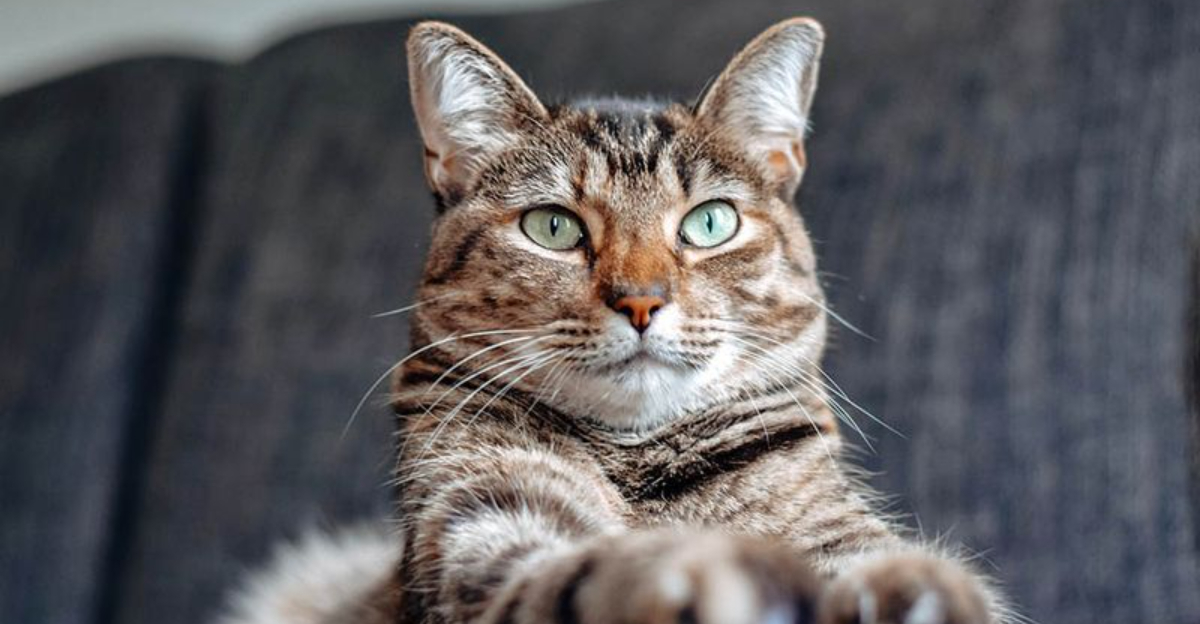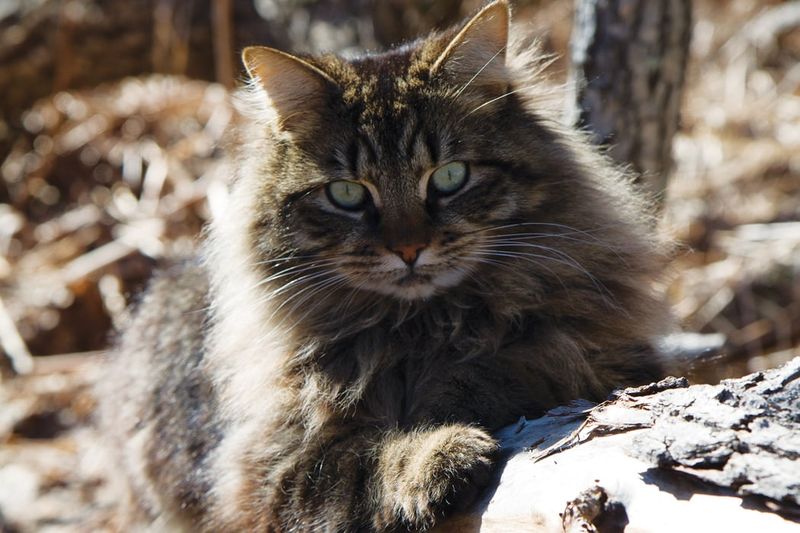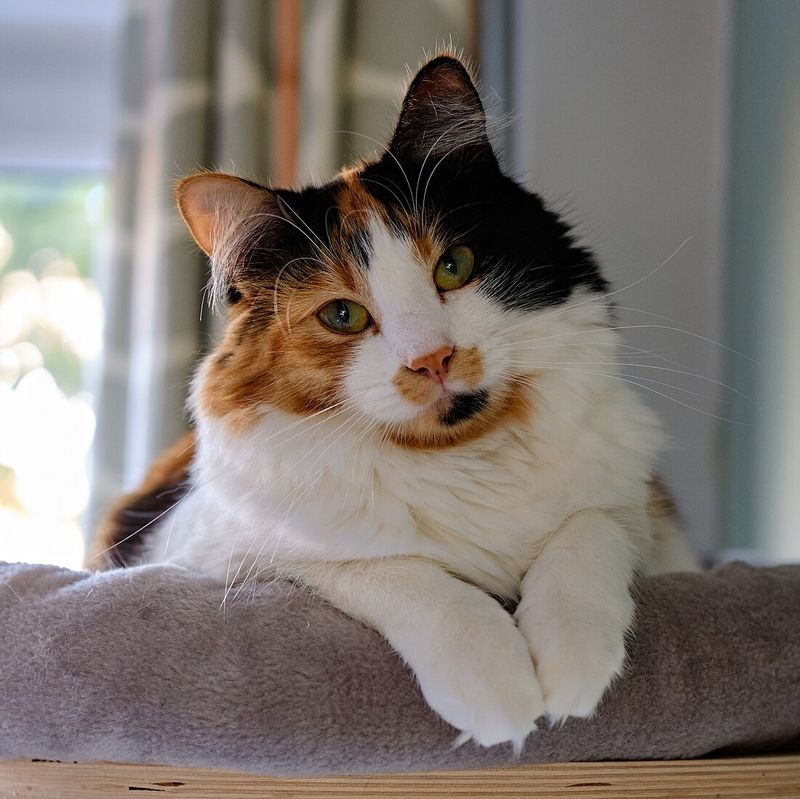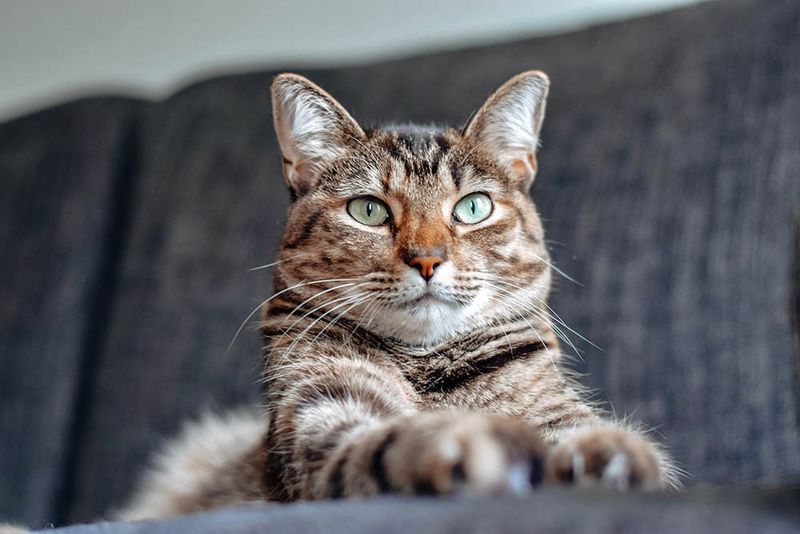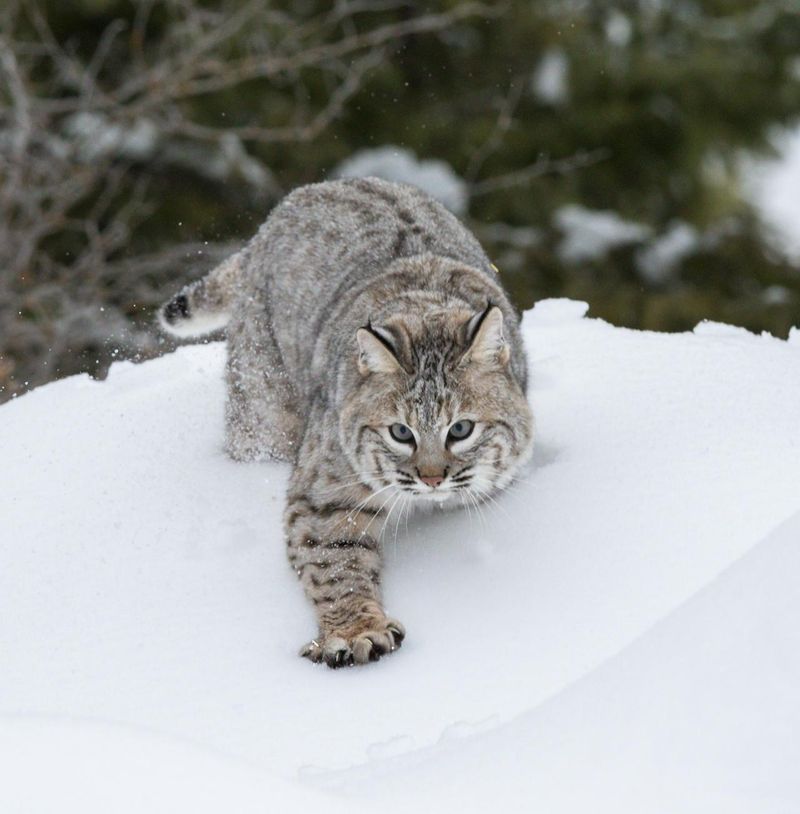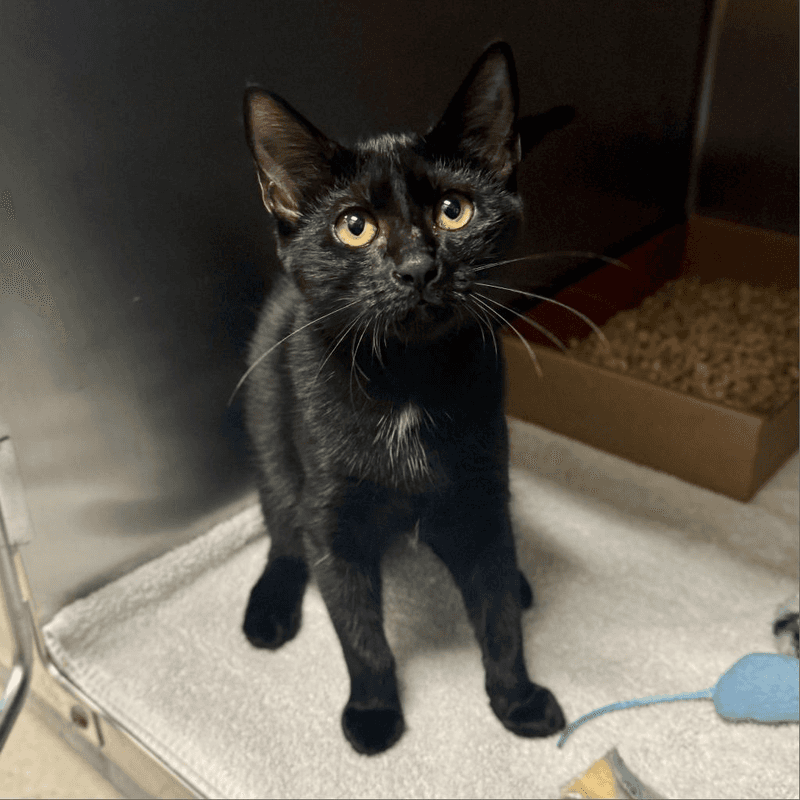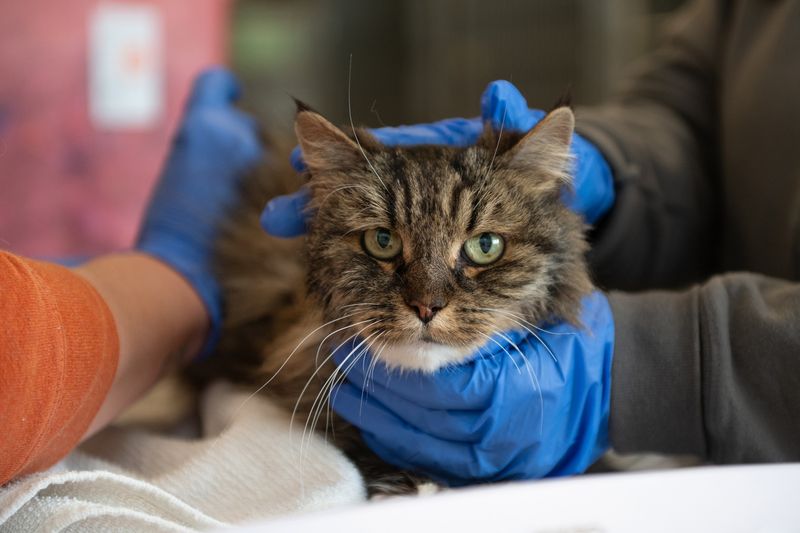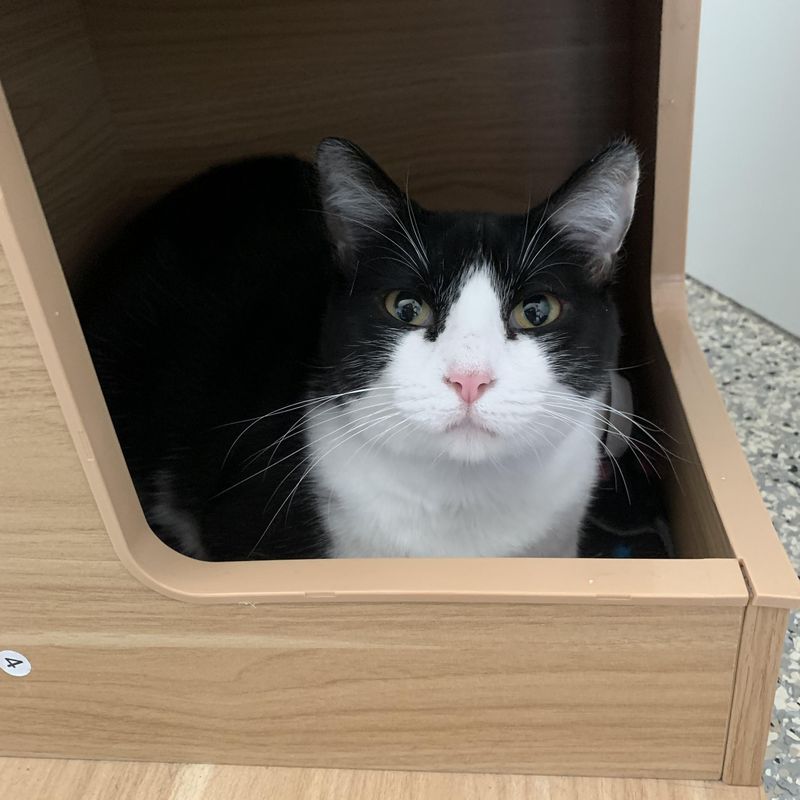📖 Table of Content:
Cats have long held a cherished role in American life, symbolizing everything from independence to comfort. Their presence in folklore, homes, and even legislation reflects a deep cultural connection. Some states have gone so far as to honor them with official recognition.
These feline mascots were chosen for reasons that go beyond appearance. Each one tells a story—of native wildlife, community values, or the promotion of pet adoption. Whether wild or domestic, these cats carry meaning tied closely to the states they represent.
From rugged bobcats roaming the forests to calico cats echoing state flags, these choices reveal much about regional identity. The selected cats embody characteristics admired by their states—resilience, uniqueness, and charm. Through official titles, these animals have found a permanent place in state heritage.
1. Maine – Maine Coon
Regal and robust, the Maine Coon became the official state cat of Maine in 1985, celebrating a feline believed to be native to the northeastern state. Local folklore suggests these magnificent cats resulted from matings between domestic cats and raccoons – biologically impossible, but explains their bushy tails and tufted ears.
Maine Coons developed naturally to withstand harsh New England winters. Their water-resistant fur and large, snowshoe-like paws helped them become skilled mousers for early settlers. When Maine legislators sought a state cat, the choice was obvious. This gentle giant represents the state’s independent spirit and resilience against tough conditions.
2. Maryland – Calico Cat
Maryland’s choice of the calico cat as its official feline in 2001 wasn’t random – it brilliantly mirrors the state’s black, gold, and white flag colors. These distinctively patterned cats feature patches of orange, black, and white, creating a living representation of Maryland’s heraldic symbols. Female calicos outnumber males by approximately 3,000 to 1 due to the unique genetics behind their tri-color coats.
The rarity of male calicos adds to their mystique. Governor Parris Glendening signed the legislation after elementary school students championed the cause, demonstrating how young citizens can influence state symbols while learning about government processes.
3. Massachusetts – Tabby Cat
Tabby cats earned their prestigious position as Massachusetts’ state cat in 1988 through a blend of historical significance and modern popularity. During colonial times, these striped mousers protected food stores and controlled rodent populations in the developing settlements. The distinctive ‘M’ marking on their foreheads connects to various legends, including one claiming the Virgin Mary blessed a tabby that comforted baby Jesus.
Massachusetts residents particularly appreciated this connection to their state’s name. School children played a crucial role in the tabby’s selection, researching cat breeds and petitioning lawmakers. Their civic engagement demonstrated how even young citizens can participate in creating state symbols.
4. New Hampshire – Bobcat
Fierce yet elusive, the bobcat secured its status as New Hampshire’s official wild state cat in 2015. Once nearly exterminated from the state due to bounty hunting and habitat loss, these resilient felines have made a remarkable comeback through conservation efforts. Weighing between 15-35 pounds, these adaptable predators thrive in New Hampshire’s diverse landscapes from mountains to wetlands.
Their tufted ears, bobbed tails, and tawny spotted coats provide perfect camouflage among the granite state’s rocky terrain. Schoolchildren from Bedford’s Riddle Brook Elementary School spearheaded the campaign for official recognition, learning valuable lessons about wildlife conservation and civic engagement while securing the bobcat’s place in state history.
5. Tennessee – Shelter-adopted Cats
Trailblazing compassion, Tennessee made history in 2021 by designating shelter-adopted cats as their state cat. This unprecedented move highlighted the state’s commitment to animal welfare rather than honoring a specific breed. The legislation aimed to raise awareness about pet homelessness and encourage adoption from local shelters. Tennessee shelters house thousands of cats annually, with many healthy, affectionate felines awaiting forever homes.
Senator Mark Pody and Representative David Byrd championed the bill after being approached by constituents concerned about shelter overcrowding. This people-powered initiative demonstrates how citizen advocacy can create meaningful change while elevating everyday rescue cats to state symbol status.
6. Colorado – Shelter-adopted Cats
Colorado broke new ground in 2019 when it officially recognized shelter cats as the state feline. The Rocky Mountain state prioritized compassion over breed specifics, celebrating cats of all colors, sizes, and backgrounds. Animal welfare advocates collaborated with state representatives to draft legislation highlighting Colorado’s commitment to reducing euthanasia rates.
The designation serves as a constant reminder that approximately 50,000 cats enter Colorado shelters annually. Governor Jared Polis, a known animal lover, enthusiastically signed the bill during a ceremony attended by shelter volunteers and adoptable cats. This forward-thinking choice reflects Colorado’s progressive values while providing practical support for overcrowded shelters across the state.
7. Illinois – Shelter-adopted Cats
Following the compassionate lead of other states, Illinois designated shelter-adopted cats as their official state feline in 2022. This heartwarming choice highlighted the Prairie State’s commitment to animal welfare while supporting local rescue organizations. The movement gained momentum after school children visited overcrowded shelters during field trips and wrote persuasive letters to lawmakers.
Their genuine concern transformed into tangible policy, demonstrating civic education at its finest. Illinois shelters care for approximately 65,000 cats annually, with adoption rates improving since the designation. Beyond symbolism, this choice serves a practical purpose by encouraging residents to consider adoption first when looking for feline companions.
